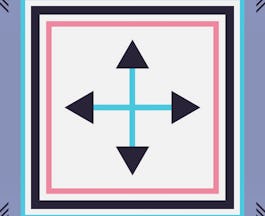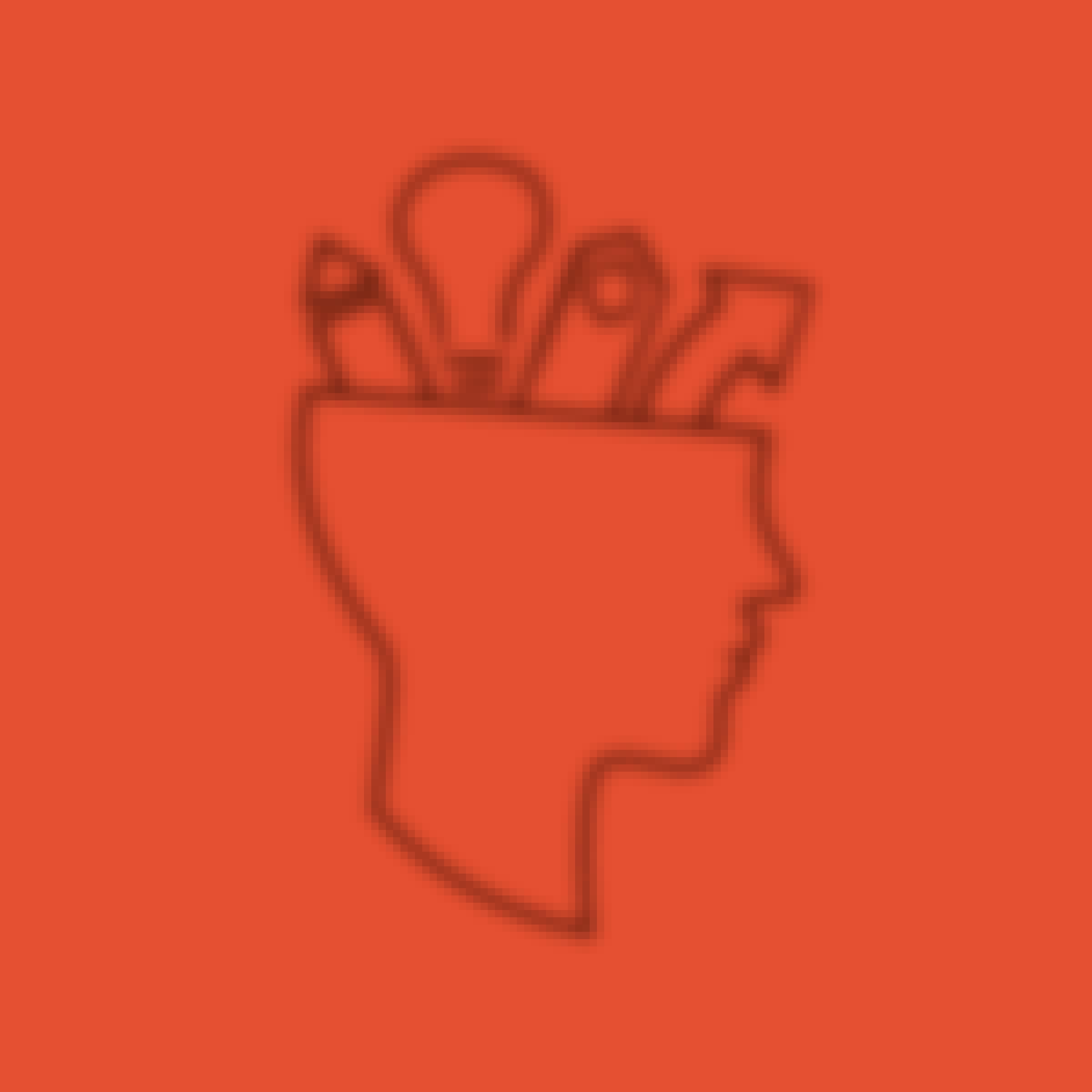Filter by
The language used throughout the course, in both instruction and assessments.
2,894 results for "ux design"

Google
Skills you'll gain: User Experience, User Experience Design, User Research, Audit, Human Computer Interaction, Planning, Product Design, Product Development, Visual Design, Web Design, Web Development Tools

Skills you'll gain: User Experience, User Experience Design, User Research, Product Development

California Institute of the Arts
Skills you'll gain: Graphic Design, Strategy, User Experience, User Experience Design, Visual Design, Web Design

Skills you'll gain: Audit, Human Computer Interaction, User Experience, User Experience Design, User Research

Skills you'll gain: User Experience, Front-End Web Development, Human Computer Interaction, Interactive Design, Product Design, Web Design
 Status: Free
Status: FreeGeorgia Institute of Technology
Skills you'll gain: User Experience, User Experience Design, User Research, Customer Analysis, Design and Product, Interactive Design, Product Design, Research and Design, Decision Making, Human Computer Interaction

Google
Skills you'll gain: User Experience Design, Product Design, User Experience, Visual Design, Collaboration, Research and Design, Design and Product, Interactive Design, Graphic Design, Web Design, Persona Research, User Research, Mobile Development, Product Development, People Analysis

University of Michigan
Skills you'll gain: User Experience, Research and Design, User Experience Design, User Research, Human Computer Interaction, Design and Product, People Analysis, Critical Thinking, Data Analysis, Survey Creation, Product Design, Communication, Interactive Design, Visual Design, Systems Design, Probability & Statistics
 Status: Free
Status: FreeThe University of Sydney
Skills you'll gain: Creativity, Design and Product, Innovation, Interactive Design, Product Design, Research and Design, User Experience, User Experience Design

California Institute of the Arts
Skills you'll gain: User Experience, User Experience Design
 Status: Free
Status: FreeCalifornia Institute of the Arts
Skills you'll gain: Graphic Design, Visual Design, Interactive Design, Marketing Design, Visualization (Computer Graphics)

Skills you'll gain: Planning, User Experience, User Research
In summary, here are 10 of our most popular ux design courses
- Google UX Design: Google
- Foundations of User Experience (UX) Design: Google
- UI / UX Design: California Institute of the Arts
- Start the UX Design Process: Empathize, Define, and Ideate: Google
- Principles of UX/UI Design: Meta
- Introduction to User Experience Design : Georgia Institute of Technology
- Google UX Design (PT): Google
- User Experience Research and Design: University of Michigan
- Innovation Through Design: Think, Make, Break, Repeat: The University of Sydney
- UX Design Fundamentals: California Institute of the Arts










